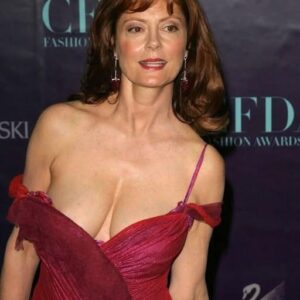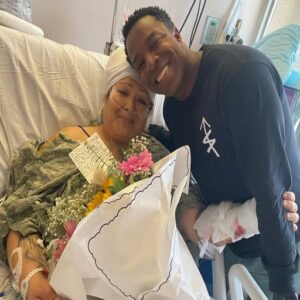Meghan Markle’s early life was far from fairy tale—even though now she holds royal titles and a global platform. Before she was the Duchess of Sussex, before the headlines and millions of fans, she was a biracial girl growing up in Los Angeles, trying to find where she fit in.
Family background and identity struggles
Meghan was born to Doria Ragland, a Black woman, and Thomas Markle Sr., a white man. From a young age she felt caught between racial identities: not “Black enough” for some opportunities, not “white enough” for others. Public misperceptions about her mother—mistaken for a nanny, for example—deepened her awareness of how others saw her family.
Childhood circumstances
After her parents separated, Meghan spent different periods with both parents. There’s some dispute between her and her father about how her childhood played out (eating habits, who picked her up from school, etc.). Meghan described herself as a “latchkey kid”—coming home to an empty house while her parents worked, eating fast or microwaved meals while watching TV shows like Jeopardy!.
Social exclusion, self‑image, and “being the smart one”
School was often lonely. Meghan says she was shy, a “little bit of a loner,” someone who didn’t know where she belonged. She felt insecure about her appearance—“not the pretty one”—and used her intelligence, ambition, and leadership roles to compensate. She threw herself into extracurriculars: multicultural club, class president, French club, etc., so she would have obligations during times like lunch and not have to worry about sitting alone.
Financial constraints and moments of privilege
While there were financial struggles, certain moments felt special—a cheap restaurant salad bar would feel like a treat. There was also a turning point when her father won money, which she says helped her access better schooling and opportunities. Her mother, Doria, moved to a mostly Black neighborhood, where Meghan found a community of women who helped raise and support her—and where she felt more connected.
Dreams, realization, and unexpected paths
Even as a child, Meghan was ambitious. At 11 she wrote to her school principal promising she would make it famous one day. By her early teens she was already doing odd jobs, exploring acting, spending time on sets thanks to her father’s work in television. But at the same time she felt in between worlds—not quite eligible in Hollywood’s casting for Black roles, not always fitting the mold for white roles either.
Adolescence and personal growth
Meghan felt like an “ugly duckling” in high school: frizzy curly hair, a gap in her teeth, not fitting into beauty norms. But she also recognized her strengths in being smart, taking leadership roles, and leaning into her own identity rather than trying to force a fit. She longed for a conventional ideal—“cookie cutter” life—though she realized early how complex identity and belonging are.
Becoming Meghan, the public figure
Eventually, her acting career—most notably her role on Suits—offered her one pathway into visibility. Meeting Prince Harry in 2016 and marrying in 2018 brought her into the royal fold, a world very far from microwave dinners and solo meals after school. She now has two children, Archie and Lilibet, and as Duchess of Sussex she contends with public scrutiny of every kind.
Challenges in adulthood and motherhood
Even with her success, Meghan has faced serious life‑threatening health issues: postpartum preeclampsia and later a miscarriage. She has also used her platform to reflect on what it means to heal, to claim identity, and to tell her story on her own terms rather than through what others expect or assume.
Meghan’s story is one of inner conflict, ambition, and perseverance. She grew up feeling not quite belonging anywhere, yet those very tensions—between cultures, between the ideal and the real—became the crucible in which she developed resilience, voice, and perspective. Her journey from a girl eating TV‑tray dinners and wondering “where do I fit?” to a woman with a global audience and self‑defined role is marked not only by external change but by inner transformation.





